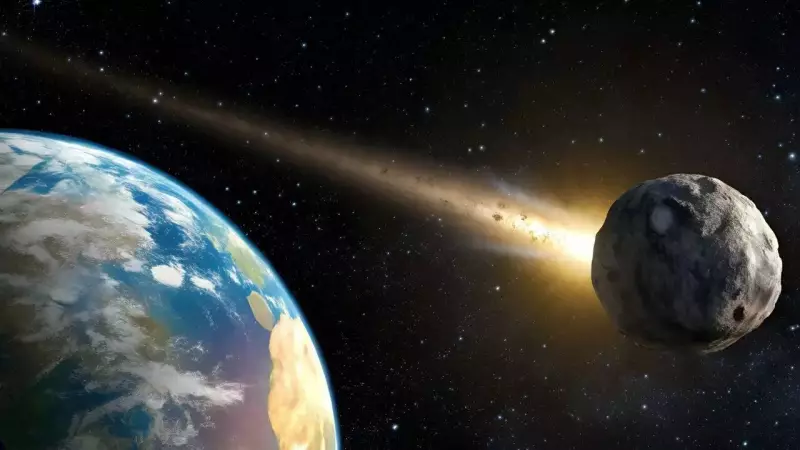
In a remarkable astronomical breakthrough, scientists have uncovered a colossal skyscraper-sized asteroid that had been lurking undetected in the Sun's blinding glare. Designated as 2025 SC79, this massive space rock is barreling through our cosmic neighborhood at what researchers are calling "record-breaking speed."
The Hidden Danger in Plain Sight
What makes this discovery particularly alarming is how the asteroid managed to evade detection until now. Positioned within the Sun's overwhelming brightness, 2025 SC79 represents the type of cosmic threat that has long concerned planetary defense experts. The asteroid's size—comparable to a major urban skyscraper—places it in the category of objects capable of causing significant regional damage should it ever impact Earth.
Record-Shattering Velocity
Early observations reveal that 2025 SC79 is traveling at an extraordinary pace, faster than most near-Earth objects of similar size that astronomers typically track. This combination of substantial mass and incredible speed gives the asteroid tremendous kinetic energy, making it a subject of intense scientific interest and monitoring.
How They Found the Needle in the Cosmic Haystack
The discovery represents a triumph of modern astronomical technology and persistence. Using advanced observation techniques and cutting-edge telescopes, researchers managed to peer through the Sun's glare to spot this celestial wanderer. The detection method involved:
- Strategic observation timing during twilight hours
- Advanced light-filtering technology
- Coordination between multiple observatories
- Sophisticated computer algorithms to distinguish the asteroid from background noise
What This Means for Planetary Defense
The identification of 2025 SC79 serves as both a warning and a validation. It highlights the very real challenge of spotting potentially hazardous objects that approach from the direction of the Sun, while simultaneously demonstrating that our detection capabilities are improving. Astronomers emphasize that while this particular asteroid doesn't pose an immediate threat, its discovery underscores the importance of continued investment in planetary defense systems.
The Future of Asteroid Monitoring
This finding comes at a time when space agencies worldwide are ramping up their efforts to catalog near-Earth objects. The success in detecting 2025 SC79 provides valuable data that will help refine future search strategies and improve our ability to spot other hidden cosmic travelers before they become threats.
As tracking continues, astronomers will precisely calculate 2025 SC79's orbit to determine its long-term trajectory and potential future close approaches to Earth. For now, the scientific community celebrates both the technological achievement and the valuable data this discovery provides in our ongoing mission to understand and protect our planet from cosmic hazards.





